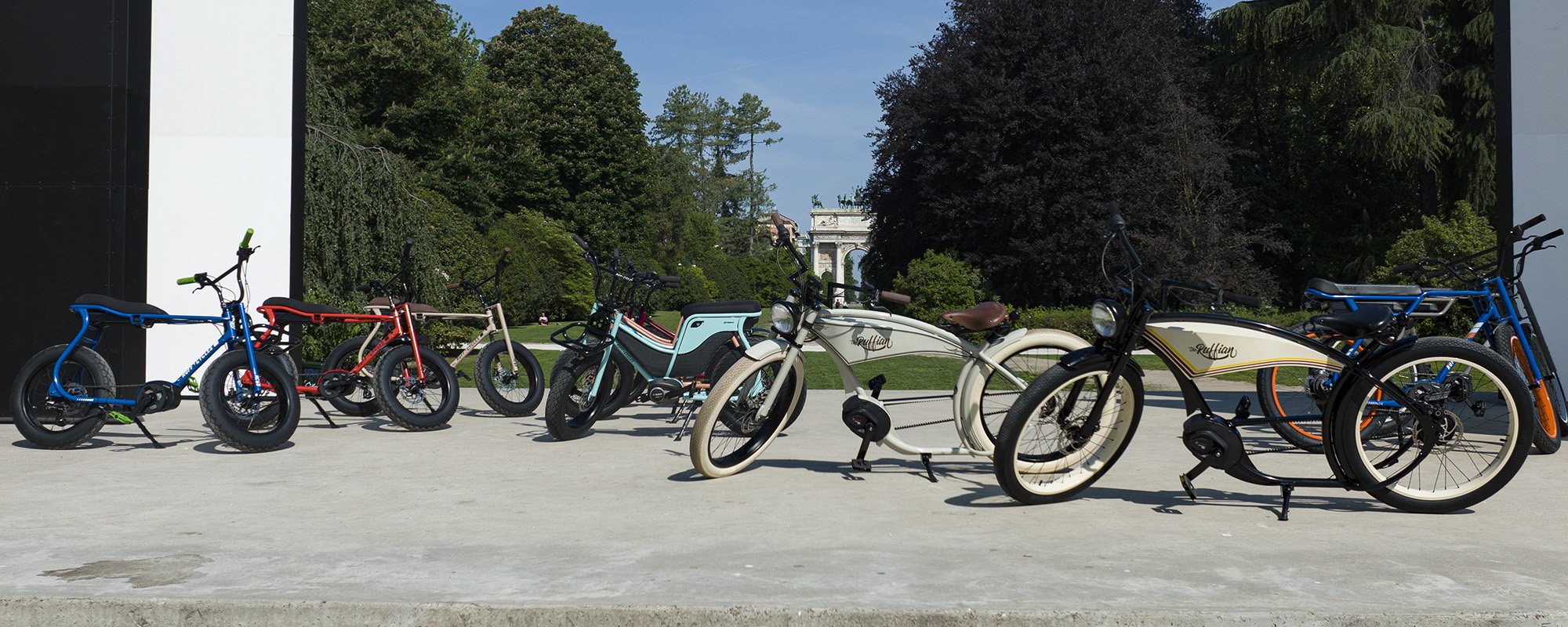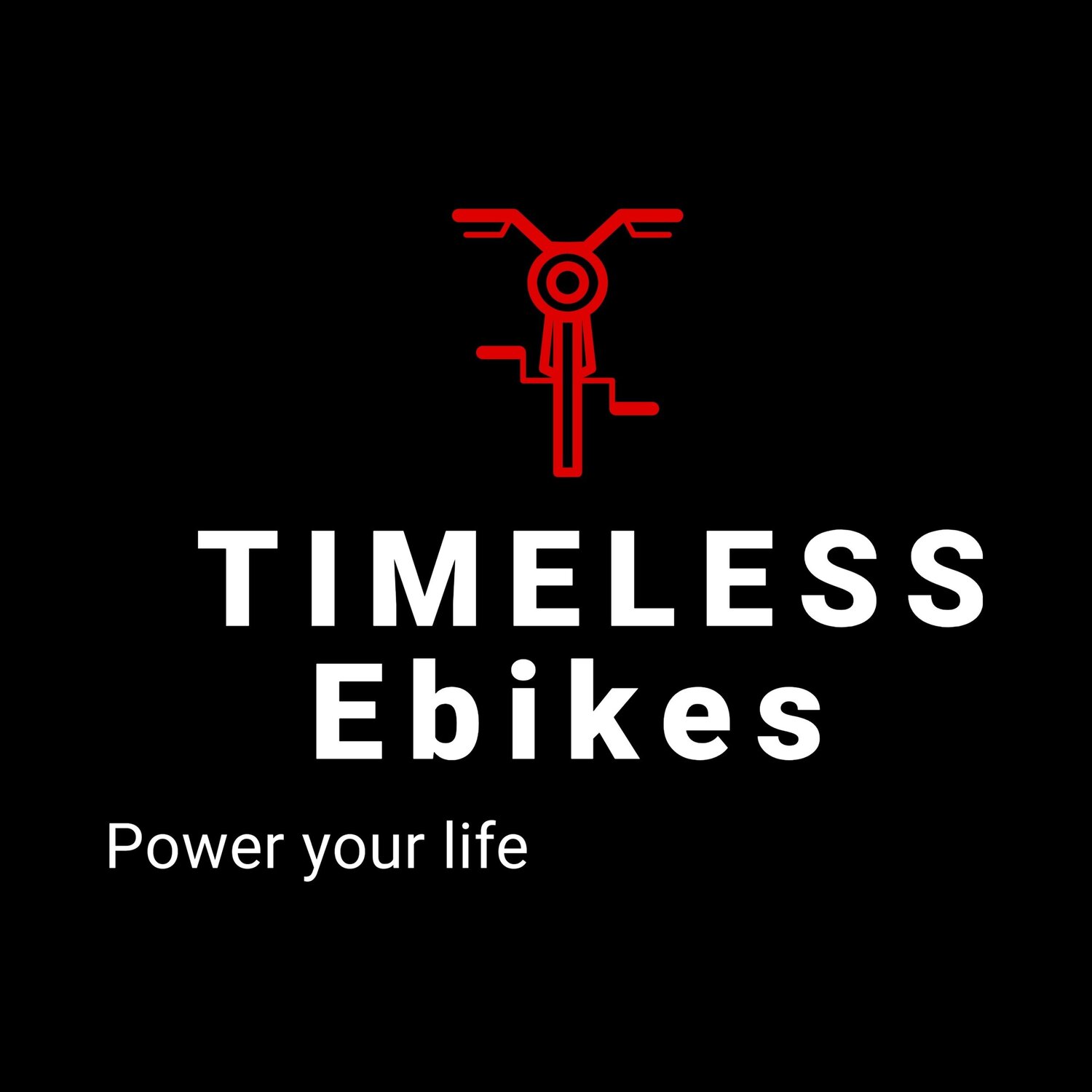
Don't get confused: The generic term "eBike" has become established, but there are actually three types of electric bikes. The differences lie in the motor power, the type of support, and the legal requirements. Bosch only creates drive units for Class 1 and 3 eBikes.
-
Pedal Assist (Class 1) - up to 20 mph (32 km/h)
This class of eBike can also be called pedelecs ("Pedal Electric Cycle") and they are only able to move forward, when the rider is pedaling. It supports you with a maximum permissible continuous rated power of 250 watts and up to 20 mph. If you want to go even faster, you have to achieve this with pure muscle power. This means that class 1 eBikes or pedelecs are legally considered bicycles.
-
Throttle assist (Class 2) - up to 20 mph (32km/h)
With eBikes in general, you control the motor not by your pedaling frequency or intensity, but by a twist grip or shift knob. While these eBikes have pedals, you don't have to pedal for motor assistance. This makes them fundamentally different from bicycles and pedal assist eBikes.
-
Pedal assist - (Class 3) - up to 28 mph (45km/h)
With speed eBikes or s-pedelecs they function in exactly the same way as eBikes or pedelecs, but their powerful electric motor accelerates you up to a speed of 28 mph. Beware: the use of bike paths is not permitted in some places - find out in advance what the regulations are in your city.
Many of the most premium electric bikes use mid-drive motors. There's a good reason for this: It sits at the bottom bracket in the middle of the bike, which lowers the center of gravity and leads to balanced weight distribution. Both of these factors make handling easier, and the direct power transmission to the chain also conveys a natural ride-feel. And because the Bosch eBike motors, also called drive units, measure important riding data over 1,000 times per second with their sensors, they always provide you with the optimum performance.
The fact that most premium eBikes use a mid-motor instead of a front or rear-wheel motor brings another advantage. It preserves the natural riding feel familiar with bicycles and you don't feel pushed (rear wheel motor) or pulled (front wheel motor). In addition, with the mid-motor, the power can be controlled sensitively and precisely via the pedal pressure. Very important: Only the mid-drive motor can provide maximum power even at low speeds. It gives you thrust whenever you need it.
Motors



